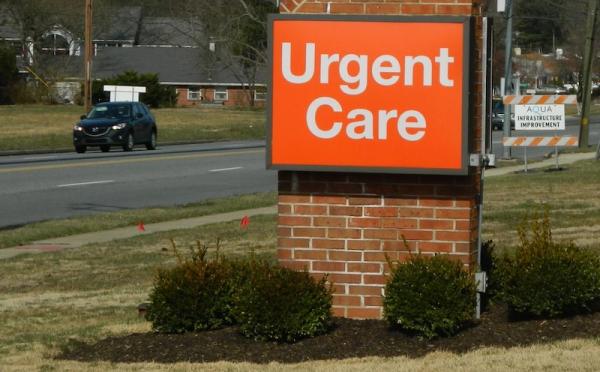Editorial: A worthy push to get more people to use urgent care - Boston Business Journal

DATE: July 10, 2024

For urgent-care centers to work the way they are intended, people need to understand when to go there and when to go straight to the ER.
Even as urgent-care centers have been popping up everywhere over the past two decades, there remains confusion over when it’s appropriate to use them. Add to that the uncertainty over how much a given center may cost, and you can understand why, in a pinch, many patients choose the local emergency room when there’s an unexpected medical need.
As we all know, ER usage continues to drive up the cost of healthcare in the state overall, contributing to Massachusetts having among the highest per-capita healthcare spending in the U.S. That’s why we were glad to see the state’s announcement last week that health insurers in the state have agreed to cover out-of-network urgent-care visits with no additional charge for the next three months, through Oct. 1.
The timing is key, since summer — and specifically July — are the busiest months of the year for emergency department usage, according to state data. That, coinciding with the uncertainty surrounding all the Steward Health Care-owned hospitals as they go through bankruptcy, means the next few months could overwhelm local ERs with patients — even more than they already are.
The state-directed agreement among insurers at least takes the cost uncertainty out of it, so everyone will know a trip to the “wrong” urgent care won’t result in a huge unexpected bill. But the state also could address the problem that the general public doesn’t really understand what urgent-care centers are equipped to handle, and what they aren't. That’s why a public-service campaign, in conjunction with the cost-sharing agreement, could go a long way this summer to avoid overcrowding at ERs across the state.
For urgent-care centers to work the way they are intended, people need to know when to go there and when to go straight to the ER. Anyone who’s decided to try an urgent care center for, say, breathing trouble, only to be told to go to the ER instead, knows that it can be a time-consuming and frustrating mistake. A high-profile campaign that gives easy-to-remember guidelines for when urgent care is most appropriate would help make the state safer during the summer months, while also helping contain costs.
While three months may not be enough time to fully change people’s behaviors, it’s at least a start — and health insurers ought to be commended for agreeing to this trial period. We urge state health officials to support these efforts by giving the public the information it needs to know when they should visit an urgent care center versus going straight to a hospital.
